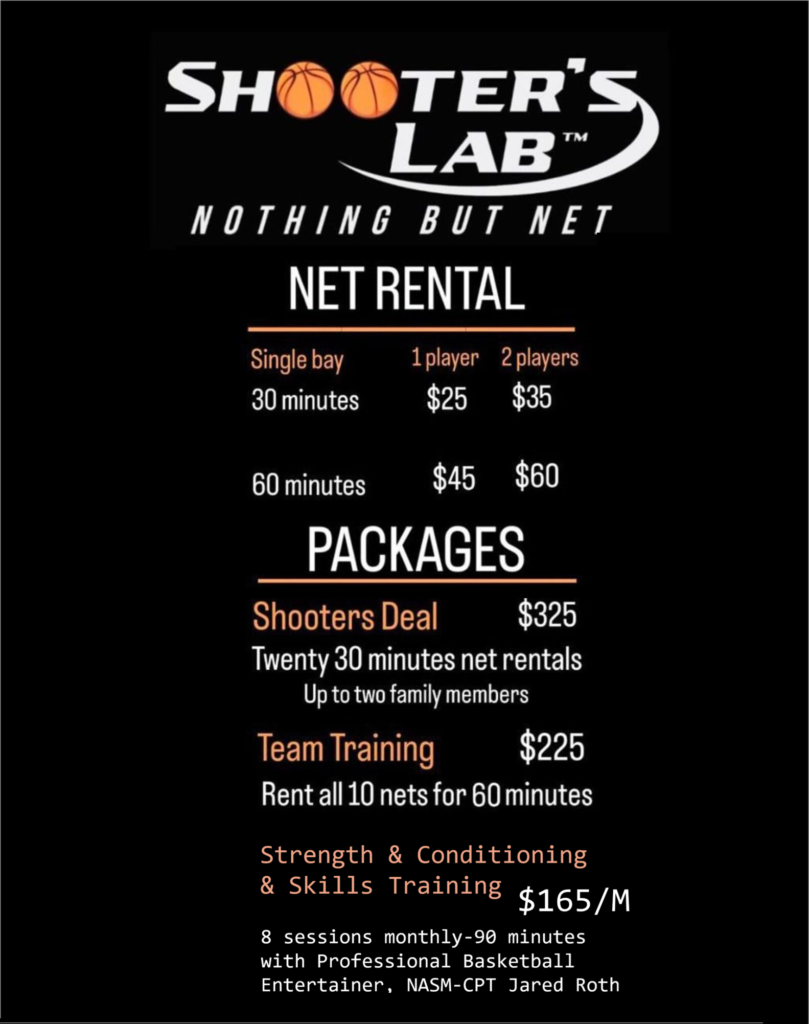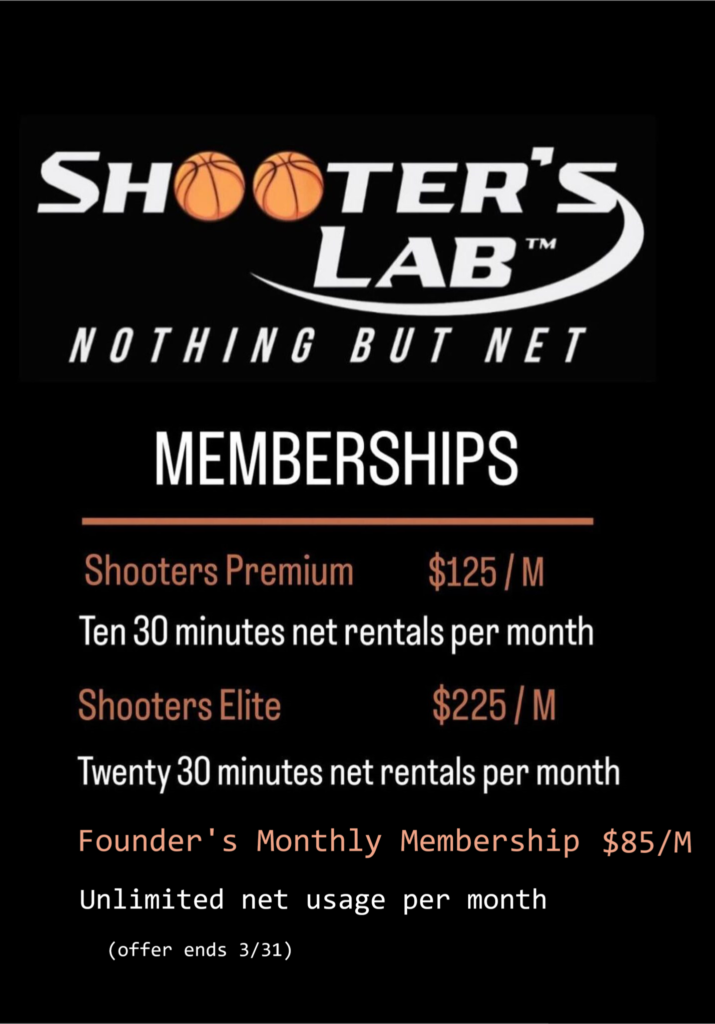The evolution of digital gaming has ushered in an era where rapid, adrenaline-fueled gameplay is not just a trend but a core element of player engagement. Fast-paced gameplay, characterized by quick decision-making, swift animations, and immediate feedback, captures players’ attention and sustains their interest longer than slow-paced alternatives. This shift has been driven largely by technological advancements, transforming traditional gaming experiences into immersive, high-energy environments.
Table of Contents
- Theoretical Foundations of Engagement in Digital Games
- Technological Innovations Driving Fast-Paced Gameplay
- Case Study: Le Pharaoh – A Modern Illustration of Tech-Enhanced Engagement
- Non-Obvious Aspects of Tech-Driven Engagement
- Balancing Speed and Strategic Depth
- Future Trends in Fast-Paced Gaming
- Conclusion: Designing for Engagement in Rapid Play
Theoretical Foundations of Engagement in Digital Games
Understanding why players are drawn to fast-paced games requires exploring psychological principles that drive motivation. Rapid gameplay often triggers adrenaline responses, reinforcing a cycle of excitement and reward. Theories such as self-determination theory highlight the importance of competence, autonomy, and relatedness, which are often intensified through quick feedback and dynamic challenges.
Research indicates that pacing and variability are critical for maintaining interest. Variability prevents boredom by introducing unpredictability, while optimal pacing keeps players engaged without overwhelming them. These psychological needs are effectively facilitated by modern technology, which enables continuous adjustment and personalization, thereby deepening player immersion.
Technological Innovations Driving Fast-Paced Gameplay
- Real-time graphics rendering allows for smooth animations and quick visual updates, crucial for maintaining a sense of speed and responsiveness.
- Adaptive algorithms enable games to modify difficulty levels and event frequency dynamically, ensuring players are constantly challenged without frustration.
- Interactive features such as multipliers, bonus modes, and scatter-triggered events inject unpredictability and excitement, encouraging continued play.
Case Study: Le Pharaoh – A Modern Illustration of Tech-Enhanced Engagement
Le Pharaoh exemplifies how contemporary gaming leverages technology to heighten engagement. For instance, the integration of multipliers, like gold clovers, significantly amplifies gameplay excitement by offering players the chance to multiply wins rapidly, which sustains their adrenaline rush. This concept aligns with psychological principles that associate unpredictability and potential for large rewards with increased motivation.
Scatter-triggered bonus modes, which activate randomly during gameplay, maintain a sense of unpredictability that keeps players hooked. This element of surprise is crucial for preventing monotony and promoting continued interaction.
Furthermore, the game’s maximum win limit—such as 15,000x—serves to pace the game effectively. It creates anticipation and a sense of achievement, balancing excitement with responsible gaming. You can explore more about such innovations in modern slot games at ⭐ (UK).
Non-Obvious Aspects of Tech-Driven Engagement
Beyond core mechanics, user interface design and feedback loops play a vital role in fast-paced gaming. Clear visual cues and immediate responses to player actions facilitate rapid decision-making, enhancing the feeling of control and competence.
Sound and visual effects are also crucial, heightening adrenaline and reinforcing the game’s pace. For example, rapid flashing lights or suspenseful sounds during bonus triggers amplify excitement, encouraging players to stay engaged.
Personalization through data analytics allows games to adapt pacing to individual player preferences, creating a tailored experience that maximizes enjoyment and retention.
Balancing Speed and Strategic Depth: The Challenges of Modern Tech
- Preventing player fatigue is essential, as excessively rapid gameplay can lead to burnout. Implementing features like auto-stop or adjustable speed settings helps mitigate this risk.
- Ensuring fairness and transparency remains paramount. Clear communication of game mechanics and win limits fosters trust, especially in environments where speed influences outcomes.
- Technological safeguards, such as auto-stop features and transparent win caps, help maintain a healthy balance between excitement and responsible gaming.
Future Trends: How Emerging Technologies Will Further Enhance Engagement
- Artificial intelligence and machine learning will enable more precise pacing by analyzing player behavior and adjusting game speed and difficulty accordingly.
- Virtual and augmented reality hold promise for revolutionizing speed and immersion, creating environments where rapid interactions feel more natural and intuitive.
- Blockchain and decentralization can foster transparent, tamper-proof environments, ensuring fairness even in high-speed gaming scenarios.
Conclusion: Designing for Engagement in the Age of Rapid Play
Technological innovations have bridged the gap between entertainment and engagement, enabling fast-paced gameplay that captivates players while maintaining fairness and responsibility. Modern examples, such as Le Pharaoh, demonstrate how multipliers, bonus modes, and pacing controls are employed to sustain excitement.
“The future of gaming lies in balancing rapid engagement with player well-being, leveraging emerging tech to create dynamic yet responsible experiences.”
As developers continue to innovate, understanding the psychological and technological foundations of fast-paced play will be crucial for crafting games that are both thrilling and sustainable. The key is to harness technology not just for speed, but for meaningful, personalized engagement that keeps players coming back for more.




